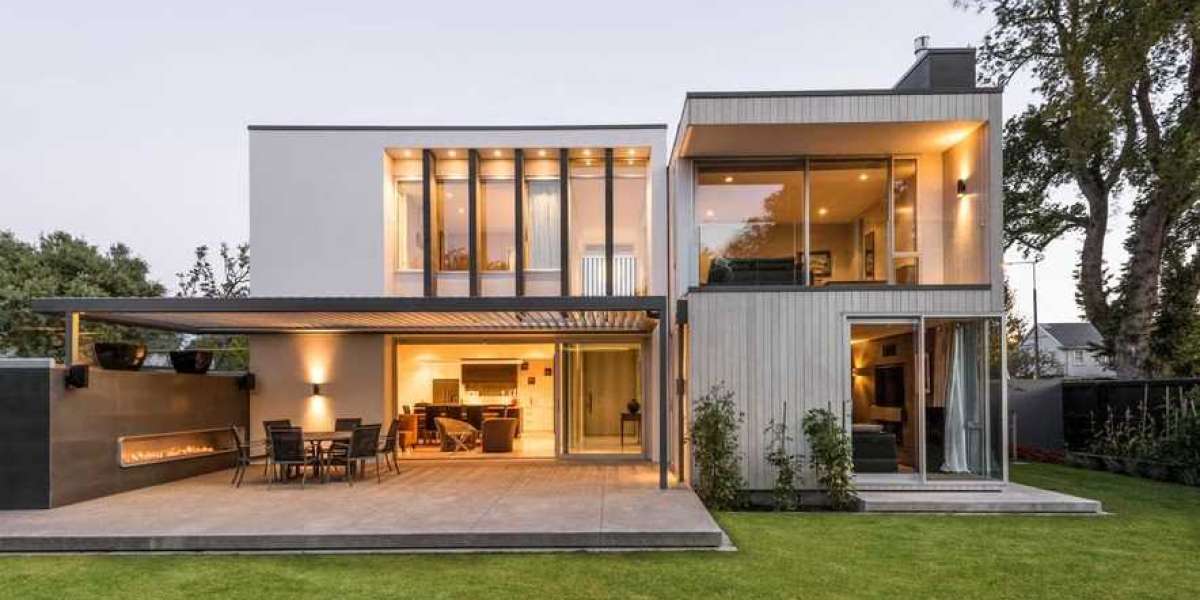Landscape architecture is a discipline that combines creativity, technical skill, and environmental awareness to design and shape outdoor spaces. By harmonizing natural and built environments, landscape architects transform ordinary landscapes into functional, aesthetically pleasing, and sustainable areas that serve diverse purposes. Their work ranges from designing urban parks and gardens to planning entire ecosystems that balance human needs with ecological health.
The Role of Landscape Architecture
Landscape architecture is about more than just beautifying outdoor spaces; it involves creating purposeful environments that enhance the quality of life. Landscape architects analyze the land's natural features, climate, and existing conditions to design spaces that fulfill specific functions while preserving the environment. Their work often bridges the gap between architecture, urban planning, and environmental conservation, ensuring that the spaces they create are both functional and harmonious with nature.
Creating Functional Outdoor Spaces
A key focus of landscape architecture is the design of outdoor spaces that meet practical needs. Whether it’s a park designed for recreation, a plaza for public gatherings, or a residential garden for relaxation, landscape architects ensure that every element serves a purpose. They consider factors such as accessibility, safety, and usability to create spaces that accommodate diverse populations and activities. This functional approach ensures that outdoor spaces contribute meaningfully to the lives of those who use them.
Enhancing Aesthetic Appeal
Aesthetics play a central role in landscape architecture, as well-designed outdoor spaces can elevate the visual appeal of any area. Landscape architects use elements such as plant selection, layout design, and material choices to craft visually engaging environments. By carefully balancing colors, textures, and forms, they create spaces that are both beautiful and inviting. Aesthetic design not only enhances the user experience but also adds value to the surrounding properties and communities.
Promoting Environmental Sustainability
Sustainability is a cornerstone of modern Landscape architecture. Landscape architects are increasingly focused on creating designs that minimize environmental impact and promote ecological health. They incorporate sustainable practices such as rainwater harvesting, native plant use, and soil preservation into their projects. By working with natural systems rather than against them, they create landscapes that are resilient to climate change, conserve resources, and support biodiversity.
Designing for Urban Environments
In urban settings, landscape architecture is essential for creating green spaces that provide relief from dense, built-up areas. Parks, rooftop gardens, and green corridors are examples of spaces designed to enhance urban living. These projects improve air quality, reduce urban heat islands, and provide residents with opportunities for recreation and relaxation. Landscape architects also integrate these spaces seamlessly into the urban fabric, ensuring they are accessible and well-connected to other parts of the city.
The Role of Technology in Landscape Architecture
Advancements in technology have significantly influenced the field of landscape architecture. Tools such as Geographic Information Systems (GIS), computer-aided design (CAD), and 3D modeling software enable landscape architects to visualize and plan projects with precision. These technologies allow for detailed site analysis, accurate simulations, and efficient project execution. The integration of technology ensures that designs are not only creative but also practical and well-informed by data.
Addressing Climate Change Through Design
Landscape architects play a critical role in addressing climate change by designing spaces that mitigate its effects. By incorporating green infrastructure such as permeable pavements, stormwater management systems, and carbon-sequestering vegetation, they contribute to reducing the impacts of urbanization on the environment. Their designs also focus on creating adaptive landscapes that can withstand extreme weather events, ensuring long-term resilience and sustainability.
Fostering Community Connection
Landscape architecture is instrumental in fostering a sense of community. Public spaces such as parks, plazas, and recreational areas provide opportunities for people to connect, interact, and build relationships. Landscape architects design these spaces to be inclusive and welcoming, accommodating diverse cultures, age groups, and activities. By prioritizing community needs, they create environments that enhance social cohesion and improve overall well-being.
Preserving Natural Ecosystems
One of the key challenges for landscape architects is balancing human needs with the preservation of natural ecosystems. By carefully analyzing the environmental impact of their designs, they ensure that natural habitats are protected and restored. This often involves integrating green spaces into urban developments, designing wildlife corridors, and using native plants to support local biodiversity. These efforts contribute to the conservation of ecosystems while allowing for sustainable development.
Economic Benefits of Landscape Architecture
Well-designed outdoor spaces offer significant economic benefits to communities and property owners. Public parks and green spaces can increase property values, attract tourism, and boost local businesses. Landscape architecture also supports the creation of jobs in construction, maintenance, and related industries. By investing in purposeful outdoor spaces, communities can realize long-term economic growth while improving residents' quality of life.

The Future of Landscape Architecture
The future of landscape architecture lies in its ability to adapt to changing environmental and societal needs. As urbanization accelerates and climate challenges intensify, the demand for innovative and sustainable outdoor spaces will continue to grow. Landscape architects will increasingly focus on integrating cutting-edge technology, community engagement, and climate-adaptive designs into their projects. Their work will play a crucial role in shaping resilient, livable, and sustainable environments for generations to come.
Conclusion
Landscape architecture is a vital discipline that combines design, functionality, and sustainability to create outdoor spaces with purpose. Through thoughtful planning and creative vision, landscape architects enhance the beauty, usability, and ecological health of their projects. Their work not only improves the quality of life for individuals but also fosters environmental stewardship and community connection. As the world continues to evolve, landscape architecture will remain an essential tool for designing spaces that balance human needs with the natural world.








